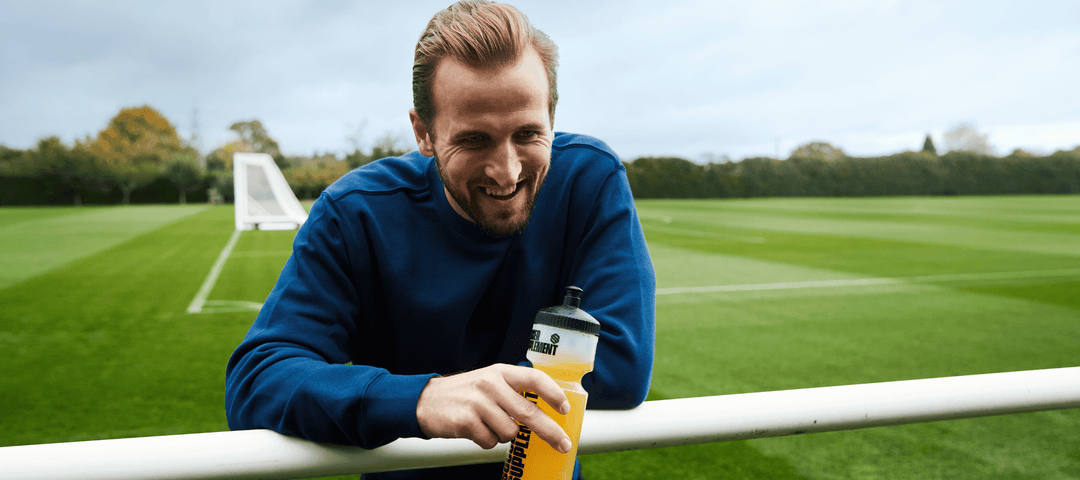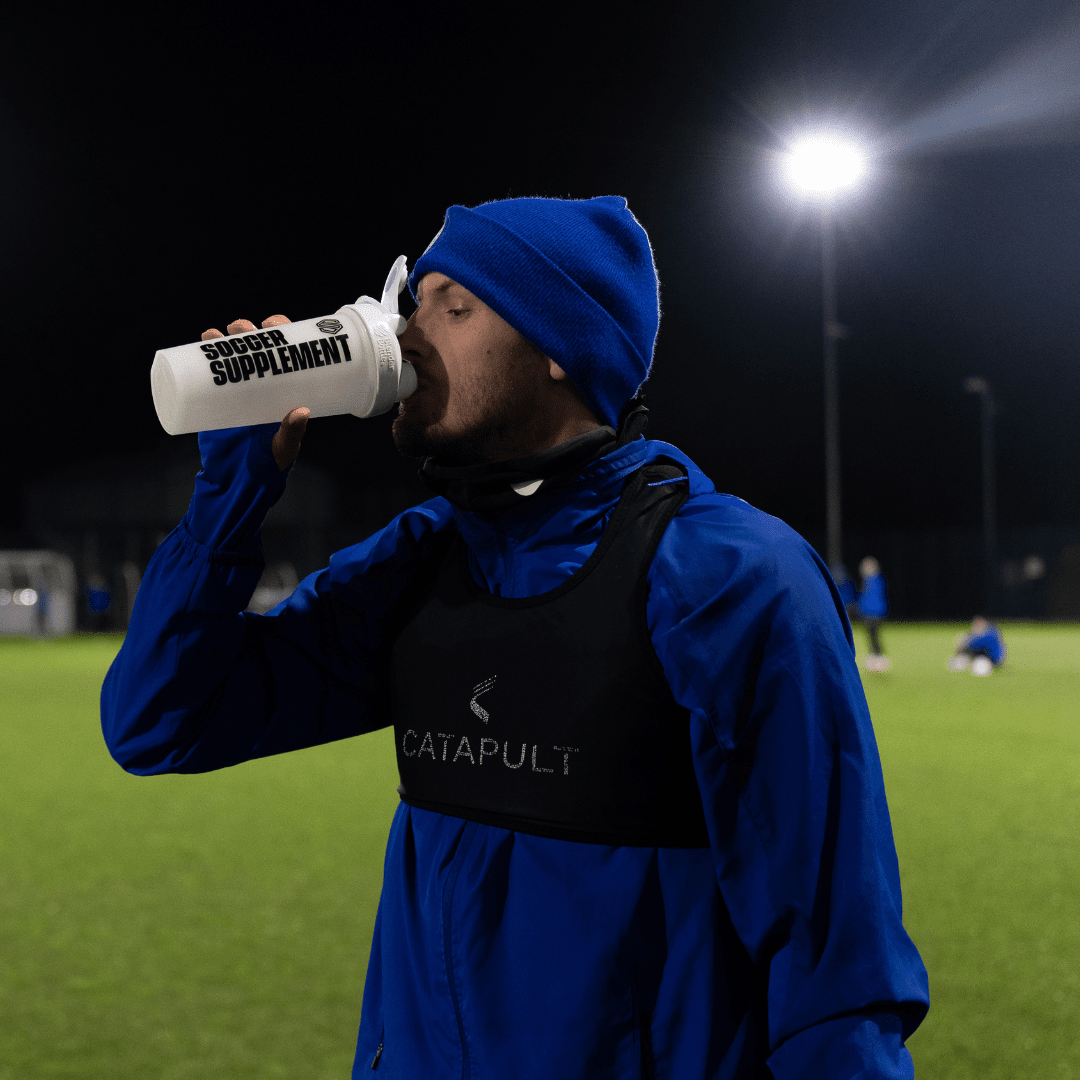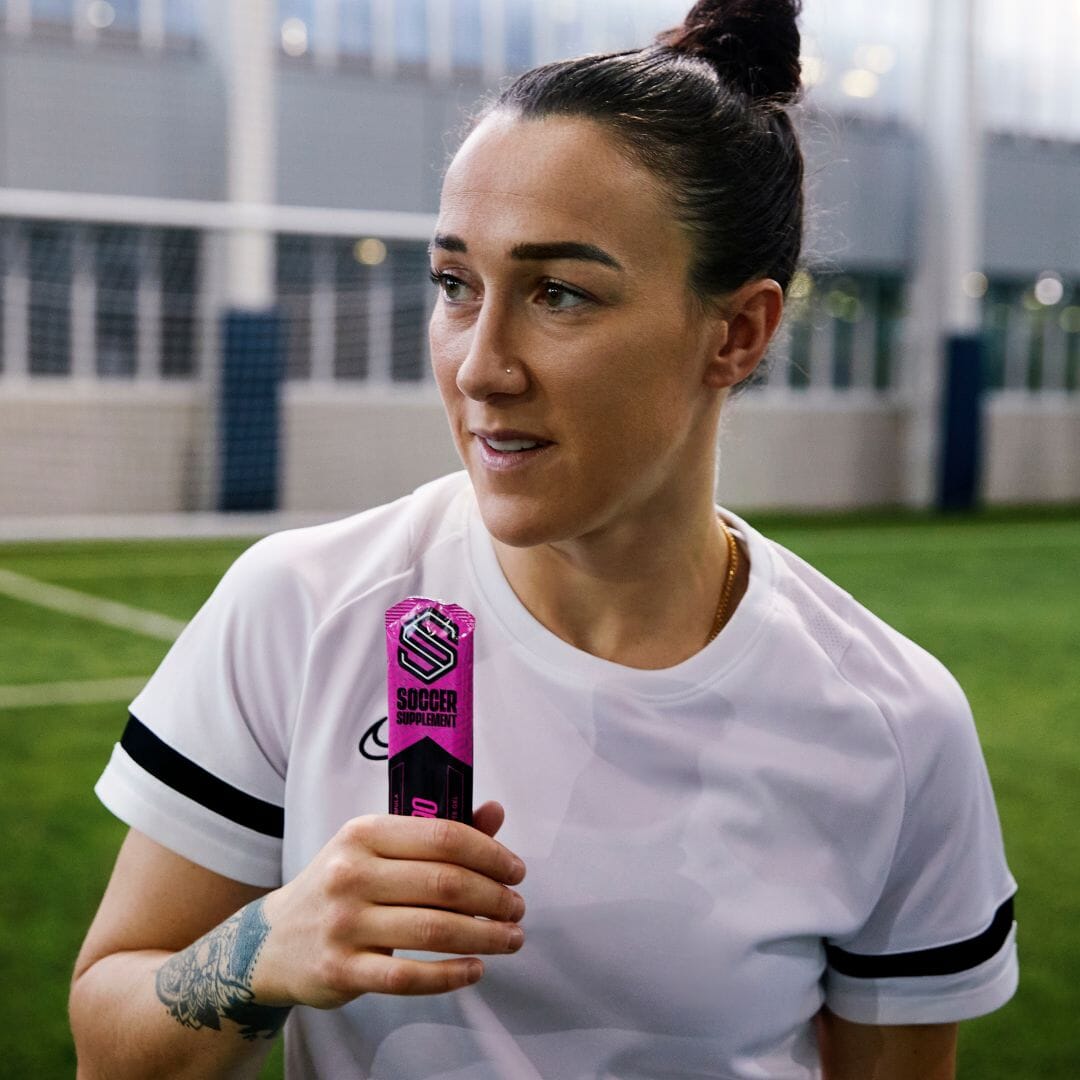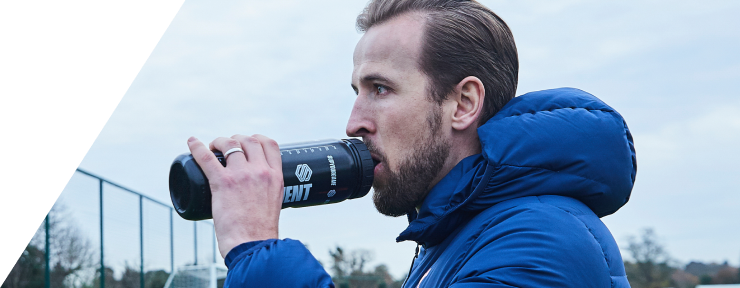Considering the gluteus maximus is the largest muscle in the body, it is probably the muscle that most footballers have the least knowledge about and do not understand how vital it is to help maximise performance. The gluteal muscles are stabilisers, mainly providing stabilisation of the spine and pelvis, which are key for the functional aspects of football. They are also important when it comes to power and force development such as sprinting to get the ball or jumping for a header. Therefore, properly educating athletes about activation and strengthening the gluteal muscles can lead to improved performance and decrease the risk of injury.
WHAT IS GLUTE ACTIVATION?
Glute activation involves various exercises that target each gluteal muscle (gluteus maximus, gluteus medius and gluteus minimus) that are performed as a warm-up prior to a lower body workout or game. Whether you are at school or work all day, your glutes will not be firing properly due to their inactivity. If your glutes are not ‘switched on’ this can lead to overload of the surrounding muscles, potentially leading to an earlier onset of fatigue or injury. By performing glute activation exercises prior to performance, the gluteal muscles that become tight throughout the day begin firing properly and loosen up. Research has demonstrated the beneficial effects of a glute activation warm-up, with an increase in force production of the glutes and hamstrings (Parr, Price & Cleather, 2017) and acceleration performance (Barry, Kenny & Comyns, 2016).
A great method to activate the glutes before a training session, game or gym session is the use of resistance bands. The following exercises can be performed prior to performance as a warm-up:

EFFECT ON PERFORMANCE
The gluteus maximus makes one of the biggest contributions to acceleration and force production (Delecluse, 1997). The gluteal muscles are essential during acceleration, specifically during the driving phase and to increase stride rate, which is caused by an increase in force production of the glutes. With acceleration and sprinting being essential movements in football, whether it be a winger trying to beat an opposition defender down the wing or a defender trying to keep up with a striker, an increase in glute strength can improve a player’s ability to do this. Developing ball and foot velocity can also be influenced by glute strength (Raj, 2016). Hip extension and abduction is key in developing a high foot and ball velocity to ensure enough power is generated so a pass can reach the player it is intended for, or a shot has enough power to beat the goalkeeper. Raj (2016) found that glute strengthening improved agility, explosive power, dribbling and kicking power in footballers.
A great method of strengthening the glutes involves the use of resistance bands. The following exercises, using resistance bands, can be used to strengthen your glutes (the previously mentioned exercises can also be used):

HOW CAN WEAK GLUTES LEAD TO INJURY?
Whale (2012) assessed hip abductor strength (which includes the gluteal muscles) and functional performance in a group of female collegiate footballers throughout a season. The findings indicated that functional performance decreased from pre-season to post-season, meaning that the athletes performed the functional tests with more errors at the end of the season. Thus, if the athletes are unable to perform functional movements successfully then this can increase the risk of injury. Another finding was that a correlation was found between hip abductor strength and functional test performance. As hip abductor strength improved so did functional test performance, thus placing the athletes at a lower risk of injury.
Increase in hip abductor strength increases pelvic stability, thus decreasing the valgus position of the knee during performance (Zazulak et al., 2007). Knee valgus is defined as a medial alignment of the femur and tibia of less than 180° (Ford, Myer & Hewett, 2003). In layman’s terms it is characterised as hip internal rotation and external rotation of the knee causing the knees to move inwards. Knee valgus is highly associated with anterior cruciate ligament injuries (one of the most prominent injuries in football), especially when landing from a jump or changing direction, due to the overload and strain on the ligament.
By Nathan Davenport - @Nath3196
Click here to shop our range of Footballer Performance Supplements.
References
Barry, L., Kenny, I. & Comyns, T. (2016). Performance effects of repetition specific gluteal activation protocols on acceleration in male rugby union players. Journal of Human Kinetics, 15, 33-42. doi: 10.1515/hukin-2016-0033.
Delecluse, C. (1997). Influence of strength training on sprint running performance. Current findings and implications for training. Journal of Sports Medicine, 24, 147-156.
Ford, K. R., Myer, G. D. & Hewett, T. E. (2003). Valgus knee motion during landing in high school female and male basketball players. Medicine & Science in Sports & Exercise, 1745 – 1750.
Parr, M., Price, P. D. B. & Cleather, D. J. (2017). Effect of a gluteal activation warm-up on explosive exercise performance. British Medicine Journal Open Sport & Exercise Medicine, 1-8. doi: 10.1136/bmjsem-2017-000245.
Raj, S. (2016). Effect of glute strengthening training with foam rollers and resistance training on selected physical physiological and skill related variables among football players.
Whale, C. E. (2012). The correlation between hip abductor strength and functional performance in division 1 female collegiate soccer athletes.
Zazulak, B. T., Hewett, T. E., Reeves, N. P., Goldberg, B., Cholewicki, J. (2007). Deficits in neuromuscular control of the trunk predict knee injury risk. American Journal and Sports Medicine, 35, 1123-1130.










